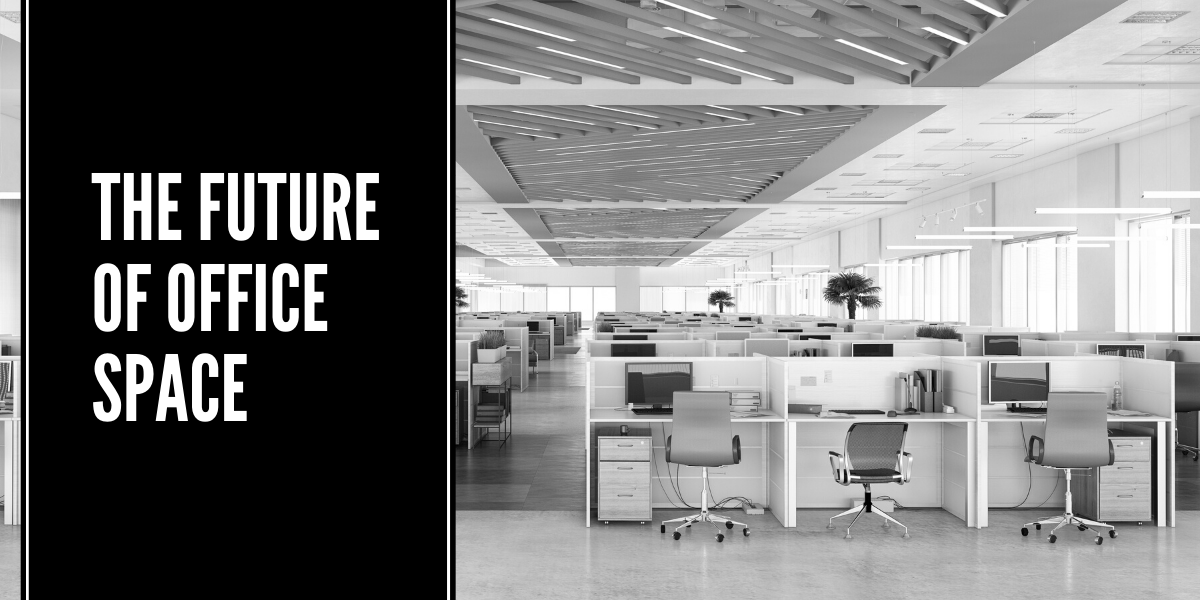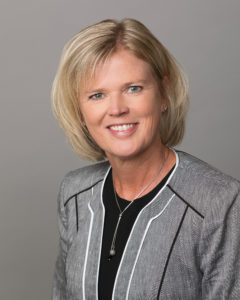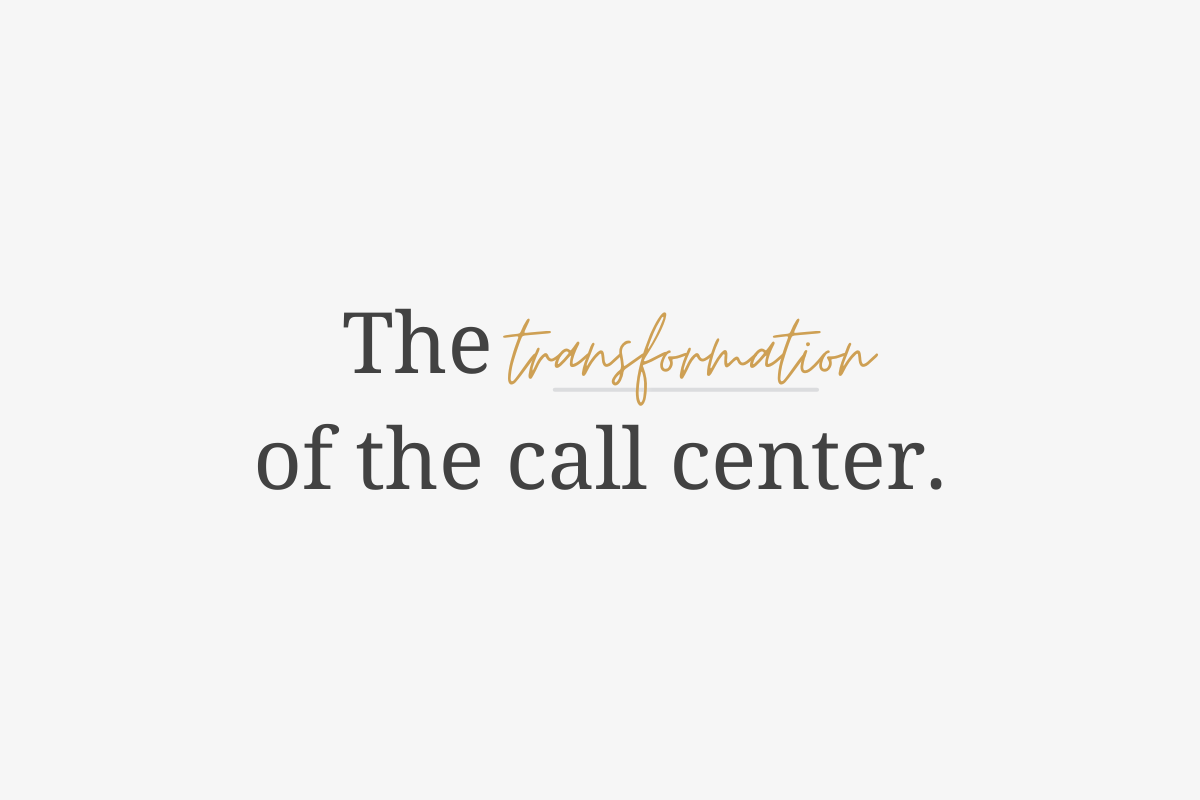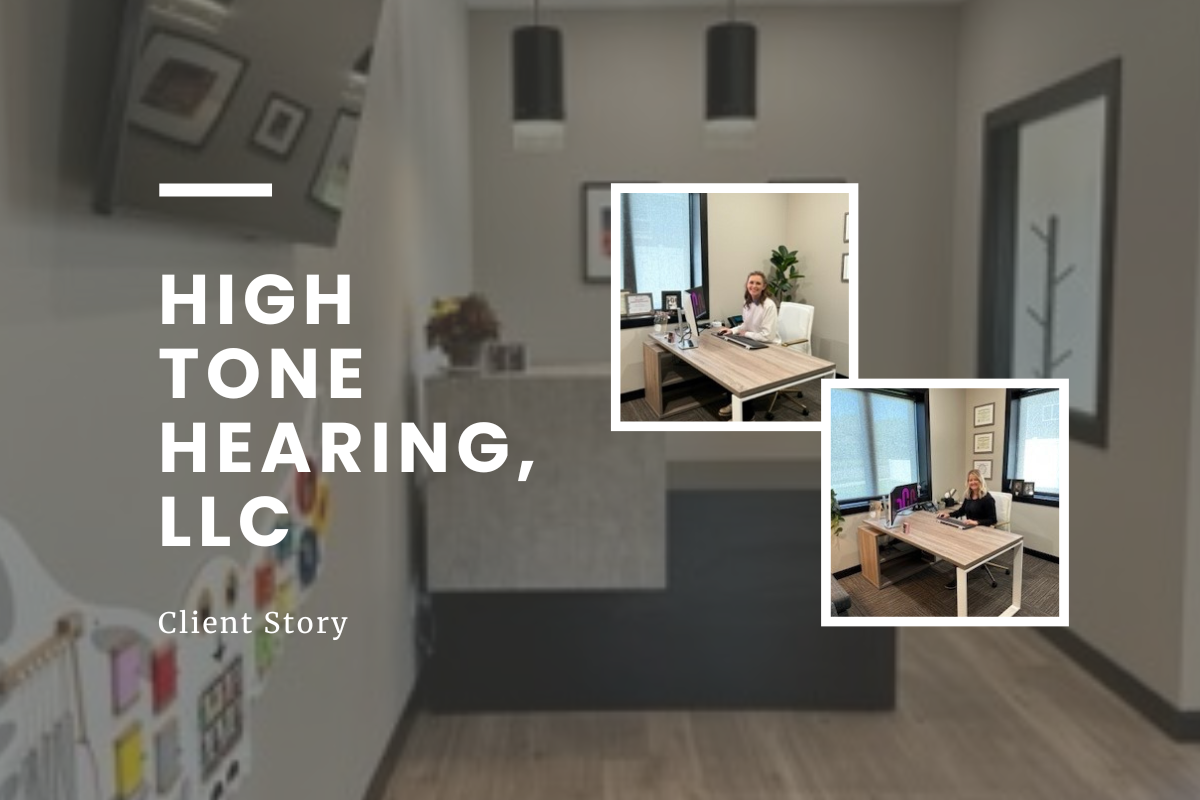The Future of Office Space
The future of office space has always been adapting as the methods of doing work evolve.
Out of necessity, changes that typically take months if not years to be adopted in the marketplace were taken up at a blistering speed due to the COVID-19 pandemic. From small firms—like Bender Commercial—to Fortune 500 companies, business leaders were forced to shift their workforces almost entirely remote in a matter of weeks.
- Is working from home the new normal?
- How has coronavirus changed the way offices look and function?
- What does the demand for office space look like in the future?
Working from home: the new normal?
By the first week of April, 34 percent of the US workforce who previously commuted to work reported they were working from home due to coronavirus according to a MIT report. According to the University of Chicago, that number meant nearly everyone who could work from home was doing so. They estimated 34 percent of American workers have jobs that can be performed remotely.
This is a massive pivot in work culture. Before the pandemic, the number of people regularly working from home remained in the single digits—only four percent of American workers worked from home at least half of the time.
As technology advanced and company cultures shifted, the working from home trend has been gaining traction for years. Now, as millions of Americans have experienced working from home for the first time, it’s possible many will continue to do so.
“Remote work has been increasing for nearly a decade. COVID-19 just accelerated it,” said Andi Anderson, Bender Commercial principal. “The number of people working remotely after COVID-19 will be higher than you think.”
Recent surveys show 75 percent of baby boomers want to work from home permanently, and close to half of American workers want to continue working from home after the pandemic.
Workers have become comfortable with the idea of increased autonomy: more say over working hours, replacing face-to-face meetings with talking to their coworkers through a screen, and organizing their at-home workspace for increased productivity and comfort.
Citing employee disengagement and technology issues, many management teams were skeptical of working from home policies before COVID-19, but—after being forced to work from home themselves—many employers have recognized that remote work could be a viable option moving forward.
As a result, more people will likely be working remotely as barriers to working from home continue to be lowered.
“It will be higher than that four percent that worked from home before the pandemic but lower than the peak 34 percent number we saw in April,” said Bender Commercial founder, Michael Bender. “However, remote work isn’t for everyone and many people will want to return to the office.”
Coronavirus will likely change the way office space looks and functions
Open offices, densification, and immediate changes
For years, employers have embraced the open office in the name of promoting a collaborative atmosphere. Private offices gave way to open concepts that allowed more employees to occupy a space without adding more square feet—a trend referred to as densification.
“We’ve been talking about the office densification trend at our annual Market Outlook for the last 5-10 years,” said Anderson. “In general, the open office concept has led to both more collaboration and more people per square foot.”
In response to COVID, offices will likely have to be altered to accommodate new social distancing and cleaning standards for employees to feel confident in the safety of their workplaces.
The process of “de-densification” could usher in short term solutions like an uptick in private offices, more distance between desks, as well as fewer seats in common areas like conference rooms and kitchens. There could also be a renaissance of the much-maligned cubicle as physical barriers are used to block the passage of germs.
Expect new deep cleaning efforts to become commonplace in offices.
“Cleaning is probably one of the most overlooked pieces of the workforce returning to offices across the country right now. It’s a relatively cost-effective way to keep your office safe that will become the standard moving forward,” said Bender.
Visible cleaning and fewer personal items on desks will be part of new cleaning protocols. Before COVID-19, cleaning was almost exclusively done when the space wasn’t being used. Now, workers could see cleaning while they’re there to boost confidence in a safe workplace. Another potential change is to do away with designated desks filled with personal items as those items inhibit janitorial staffs from deep cleaning.
Long–term considerations
It remains to be seen if heftier investments in office sanitation becomes the norm in future office construction and renovations. Concepts under consideration include better air filtration, voice activated elevator controls, automatic doors, wider—one-way hallways, and antimicrobial fabrics and materials.
Even concepts from healthcare facilities such as using UV lights at night to disinfect surfaces may find their way into future office designs.
Instead of assigned desks and offices, future workplaces could shift to well-spaced, open workstations where employees can pick where to work each day that are easily cleaned afterwards. Companies were already moving away from desktops in favor of the mobility of laptops before COVID. Now, desks could follow suite.
Additionally, employers are shifting their staffing questions from, “How many can come?” to “Who needs to come?”
“I wouldn’t be surprised if you see companies dividing their teams. Half could come in on Mondays and Wednesdays and half could come in on Tuesdays and Thursdays while those most at-risk could be entirely remote,” said Reggie Kuipers, Bender Commercial principal.
The future of office space
As COVID-19 continues to push companies to adjust, the office as we knew it may never be the same.
“The private offices and cube farms of the 80s and 90s gave way to the open offices of the last 20 years. COVID-19 is shaping the next evolution of the modern office,” said Anderson.
The more companies that show they’re able to support and integrate remote work, the more questions are raised about the purpose of office space.
When asked what the demand for office space will look like in the future Bender, Anderson, and Kuipers all agreed: collaboration is key.
“The most important role of any office is collaboration,” said Bender. “It’s true for Bender Commercial and it’s true elsewhere. Teams need to collaborate to solve problems and that’s most effectively done in an office.”
Anderson said, “If you’re coming into the office two times per week instead of five times per week the office takes on a much different role. Instead of being a place where you put your head down to do work it becomes a place for collaborating, meeting, and socializing.”
Kuipers agreed, “Like business leaders did with implementing open office plans, leadership needs to be creative in ensuring collaboration happens. Whether that looks like a unique three-season outdoor space or more company retreats to create bonds with your coworkers, people need to work together to solve problems.”
Demand for office space and the kind of office space companies are looking for continue to shift in response to COVID-19.
Companies may require less office space as fewer employees return to the office due an increase in working from home.
Space with more private areas and meeting rooms suited for video conferencing could become more popular as companies reconsider their office needs.
As companies keep adapting to the new realities of COVID-19 offices may look and function differently than they did prior, but—at their core—the places where we do work will continue to be centered on collaboration and problem solving.







